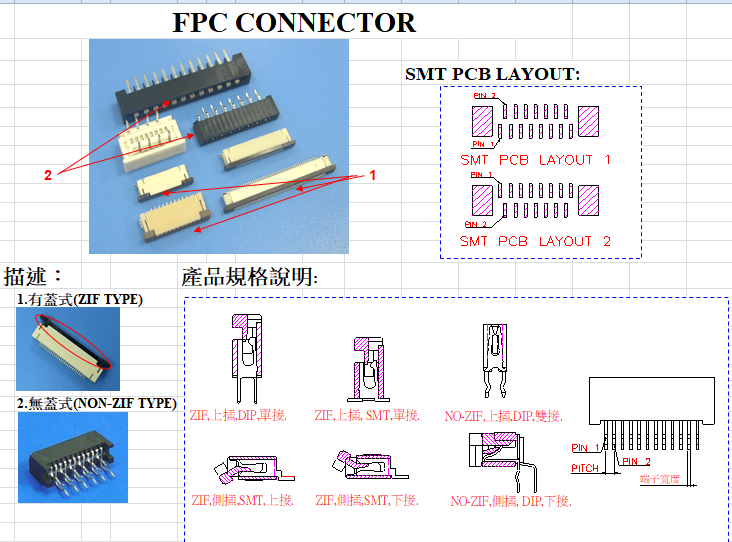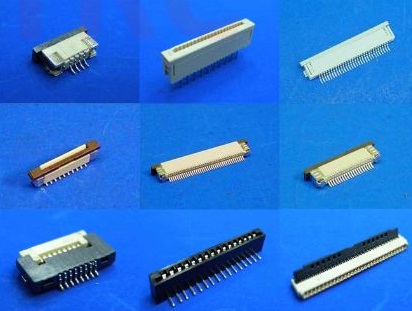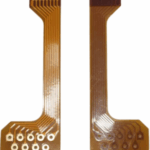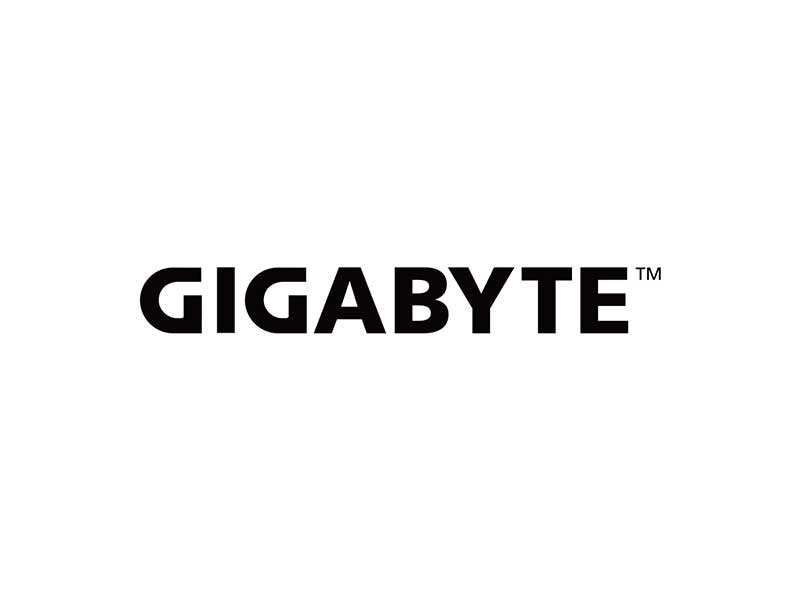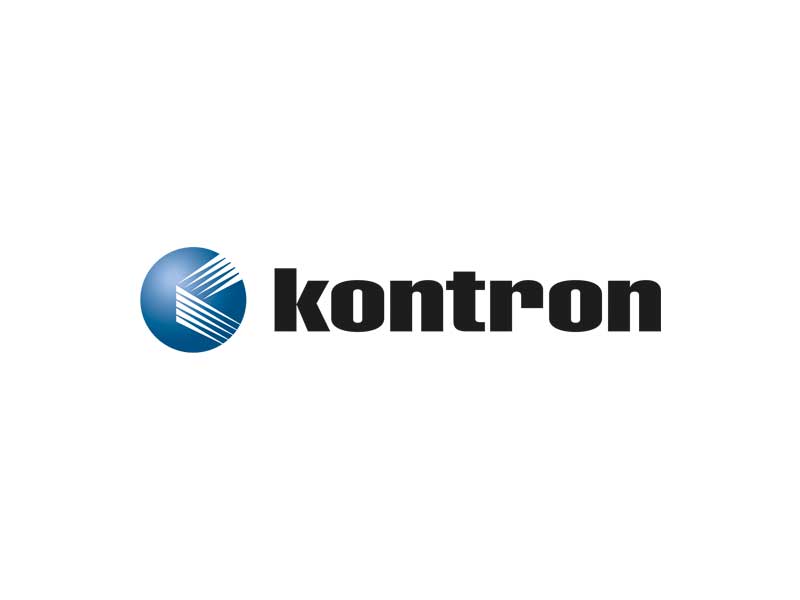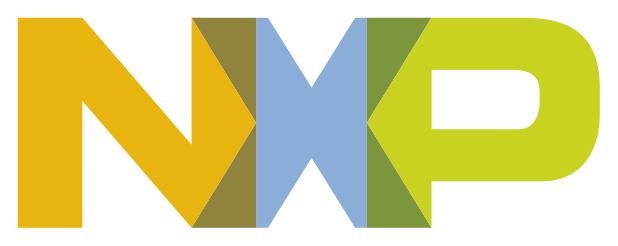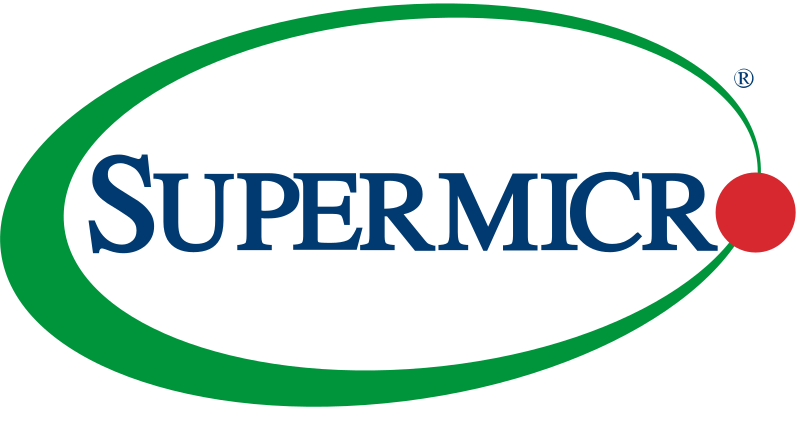What is FPC / FFC Connector?
FPC Connector (Flexible Printed Circuit Connector) is designed to connect flexible printed circuit boards (FPCs). It typically features ZIF (Zero Insertion Force) or LIF (Low Insertion Force) structures, secured by a latch or flip-lock mechanism.
FFC Connector (Flat Flexible Cable Connector) is used to connect flat flexible cables (FFCs), which consist of parallel copper conductors bonded or tin-plated at both ends.
The appearance of FPC and FFC connectors is similar, and many manufacturers offer universal designs that support both FPC and FFC.
Features and Applications of FPC / FFC Connector
-
Miniaturized Design
Common pitch sizes include 0.3mm, 0.5mm, 0.8mm, 1.0mm, and 1.25mm, ideal for slim devices like smartphones, tablets, and laptops.
-
Low Profile
Typical height ranges from 0.9mm to 2.5mm, suitable for space-constrained applications.
-
ZIF / LIF Mechanism
ZIF: Requires minimal insertion force and uses a locking plate or flip cover to secure the cable, reducing pin damage.
LIF: Requires slight insertion force, with a simpler structure but weaker retention. -
Multiple Contact Types
Available in Top Contact, Bottom Contact, and Dual Contact configurations.
-
Durability
Standard models support 20–50 mating cycles; reinforced versions can exceed 500 cycles.
-
Application Fields
A. Consumer Electronics: Smartphones, tablets, digital cameras, laptops
B. Computer Peripherals: LCD monitors, printers, scanners, hard drives
C. Automotive Devices: Navigation systems, infotainment systems
D. Industrial Equipment: Medical devices, compact sensor modules
E. Entertainment Products: Game consoles, wearable devices
Where to Buy FPC / FFC Connector
FPC / FFC Connectors are well-established products. Taiwanese manufacturers such as Chun Chi Industrial Co., Ltd. and Anytronic Corporation Limited have been producing them since 1988. Their products—made from LCP and PBT materials—are available in a wide range of specifications and are widely used in smartphones, tablets, LCD displays, printers, medical electronics, and wearable devices.
Introduction to FPC / FFC Connector Specifications and Components
